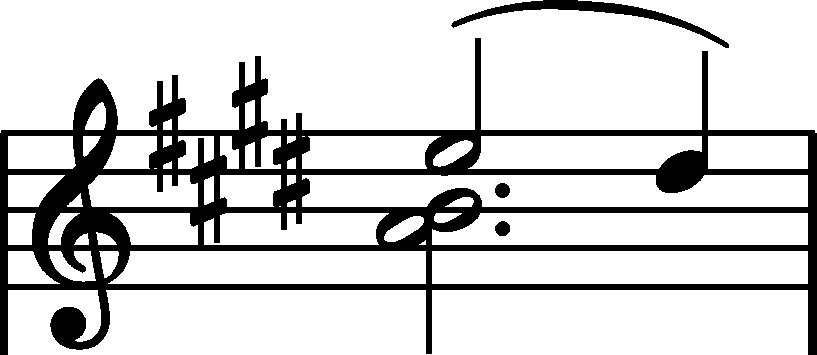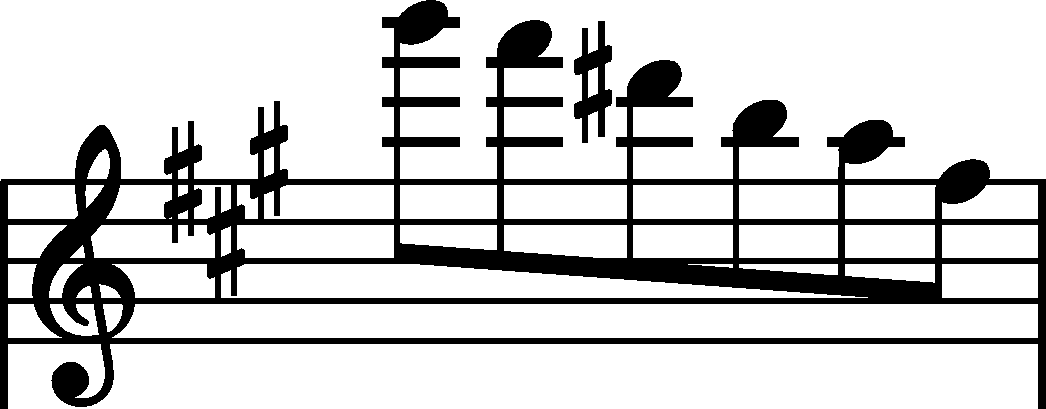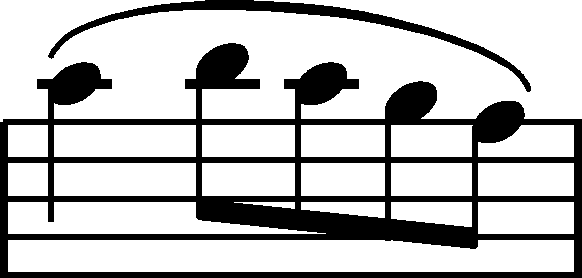



Issues : Main-line changes
|
b. 314
|
composition: Op. 11, Concerto in E minor, Mvt I
..
The traces visible in FE prove that, originally, the top voice was led differently: category imprint: Corrections & alterations; Source & stylistic information issues: Authentic corrections of FE , Main-line changes |
||||||
|
b. 325
|
composition: Op. 2, Variations, complete
..
The pitch of the 2nd semiquaver in the 5th triplet is questionable – when interpreted literally, it is an e3; however, in all analogous places a respective note is placed a fifth (perfect) lower than the previous one, in this case e In AsI the 5th triplet in the bar is presented in the initial form (see also bar 328), in which the problematic note is absent. The introduction of a change in this place is an argument for Chopin's mistake in A, since corrections narrow down the attention field, which is conducive to errors. category imprint: Interpretations within context; Differences between sources; Editorial revisions; Corrections & alterations issues: Accidentals in different octaves , Omissions to cancel alteration , Errors resulting from corrections , Errors of A , Main-line changes |
||||||
|
b. 328
|
composition: Op. 2, Variations, complete
..
As was the case with the 5th triplet in bar 325, here the 3rd triplet is presented in AsI in its initial form. In both places Chopin eventually opted for a more regular form of the figuration. category imprint: Differences between sources; Corrections & alterations issues: Main-line changes |
||||||
|
b. 340-348
|
composition: Op. 31, Scherzo in B♭ minor
..
The crossings-out and additions visible in A in b. 340 & 348 allow us to reconstruct the original version of the passage in these bars: category imprint: Corrections & alterations; Source & stylistic information issues: Corrections in A , Deletions in A , Main-line changes |
||||||
|
b. 352
|
composition: Op. 21, Concerto in F minor, Mvt III
..
The layout of the notes in A suggests that the group of quavers initially included only four notes: category imprint: Corrections & alterations issues: Corrections in A , Main-line changes |

 . It is the slur, removed at the time of that proofreading, that particularly draws attention – one can ponder whether it was not supposed to be adapted to the new shape of the melody and not to be removed. However, uncertain as to the range of a possible slur, we do not suggest any addition.
. It is the slur, removed at the time of that proofreading, that particularly draws attention – one can ponder whether it was not supposed to be adapted to the new shape of the melody and not to be removed. However, uncertain as to the range of a possible slur, we do not suggest any addition. 3 suggested by the editors
3 suggested by the editors restoring e
restoring e to the unquestionable e3 in the next triplet belongs to Chopin's typical inaccuracies – it is a note belonging to the current chord (A major) and was marked a semiquaver earlier in the L.H. part. Taking into consideration the above, in the main text we suggest adding accidentals so that the discussed fragment of the progression does not deviate from the binding scheme.
to the unquestionable e3 in the next triplet belongs to Chopin's typical inaccuracies – it is a note belonging to the current chord (A major) and was marked a semiquaver earlier in the L.H. part. Taking into consideration the above, in the main text we suggest adding accidentals so that the discussed fragment of the progression does not deviate from the binding scheme. .
. .
.